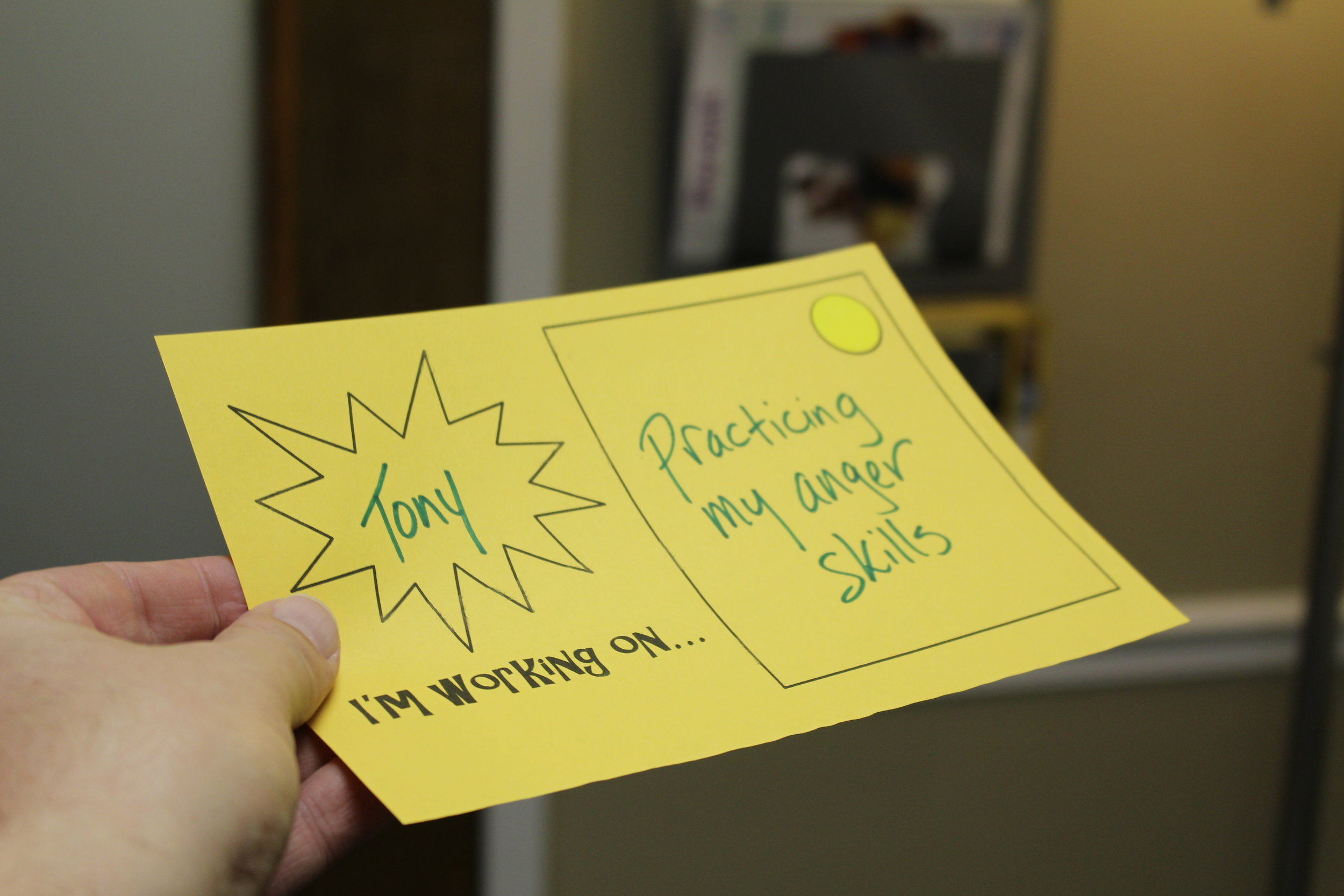Kids Club-Parent Orientation Information
beginning Well
You’ll notice that we require all group members to attend a brief screening visit prior to starting group. This is because research and our experience show that the likelihood of success in group increases significantly when kids get to meet the group leader, see the group room, and learn about the process before they actually start group. We hope this meeting is the beginning of some exciting work together!
how we measure progress
We consider progress in different settings:
Inside the Group- Are problem behaviors happening less often? Are desired behaviors occurring more often? Is the child participating more? Are interactions with peers improved? Is the child more confident?
Outside the Group-Are social interactions improved at school and in the community? Is the child happier? Do they show improved frustration tolerance and self-control?
Progress usually occurs inside the group first! Progress outside the group usually follows. Don’t forget to look closely for changes in your child. Our philosophy is to notice and reward even the smallest positive change. This fuels future change!
ending well
Group members form bonds as they learn and grow together. Others in the group become a source of support, guidance and security. Because of this social and relationship element of group therapy, we always recommend that members attend at least one “goodbye” session when they end group. It is never recommended to abruptly stop group therapy!
Here are some of the things that happen in a final group session:
Addressing positive feelings about the experience
Addressing negative feelings about the experience
Recognition & Rewarding of progress
Saying Goodbye to friends made in the group
setting goals
We’ll talk with you and your child in the beginning of the group experience about goals. It is important to agree upon the things we’d like improve in your child’s life. This section will introduce you to some of the tools we use in setting and working toward goals.
weekly goal sheets
You’ll see the “I’m working on…” sheet each week in group. Each child is given a specific behavioral goal to work toward each week. These goals help us to focus the child on a specific area in which they need to improve. For example, a quiet child might have the goal of “talking more in group”. A child who is easily angered or frustrated might have a goal of “helping myself move down the Anger Thermometer”.
At the end of each group session, we will place a colored dot on your child’s in-session goal sheet to indicate progress toward the goal:
Green Dot-”Way to Go!”. The goal was met.
Yellow Dot-Some progress was made, but the goal wasn’t quite met this time.
Red Dot-”Oops!” Either the child didn’t work toward the goal or something went wrong in pursuing the goal.
While kids often see a red dot as a failure, we frame it as an opportunity to improve next time. Rather than penalizing your child for a red dot, we recommend taking the “coaching” or problem solving role. Help them discuss how they can use their coping skills to have a better session next week!



